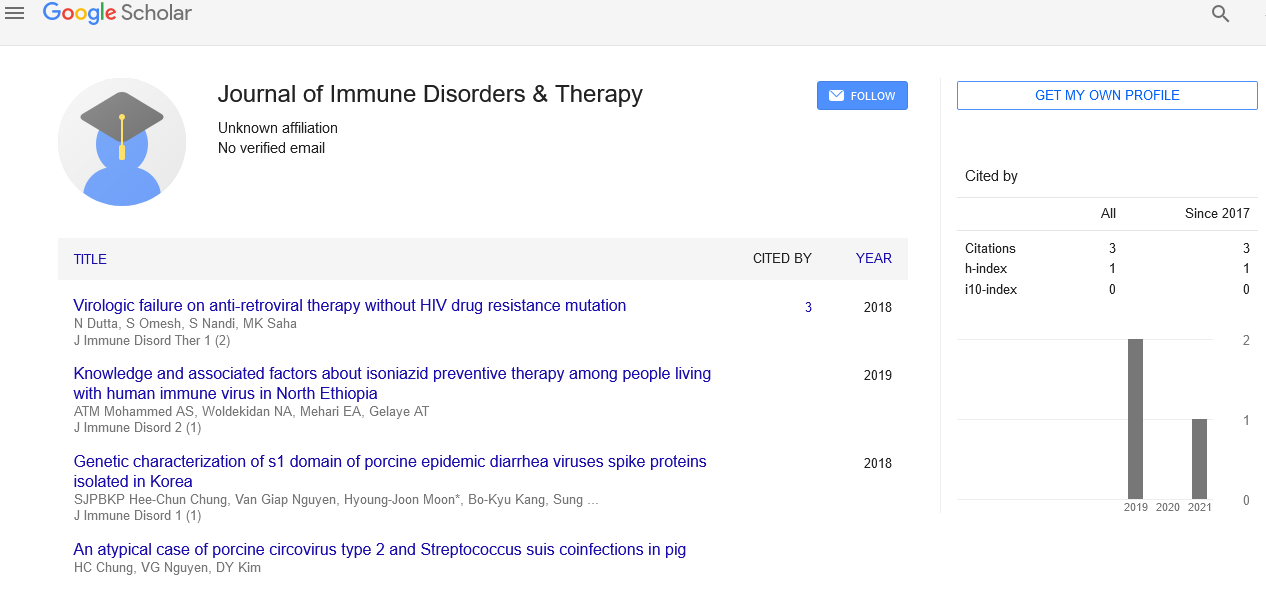Hormones Impact on the Skin
Received: 04-Aug-2021 Accepted Date: Aug 18, 2021; Published: 25-Aug-2021
This open-access article is distributed under the terms of the Creative Commons Attribution Non-Commercial License (CC BY-NC) (http://creativecommons.org/licenses/by-nc/4.0/), which permits reuse, distribution and reproduction of the article, provided that the original work is properly cited and the reuse is restricted to noncommercial purposes. For commercial reuse, contact reprints@pulsus.com
Introduction
The oily substance sebum is delivered and discharged by these sebaceous organs. Sebaceous organs fill in size and start to emit sebum around adolescence, with the most sebum discharged between the ages of 15 and 35. Sleek skin is alluded to as “slick skin” in clinical terms. Sebaceous organs, in the same way as other different locales of the skin, have intercourse chemical delicate receptors. Androgens, which are male sex chemicals like testosterone however are found in both genders, greatest affect these organs. During adolescence, both genders produce more sebum because of these androgens.
Little organs called sebaceous organs are answerable for large numbers of the skin changes that happen during pubescence and sometime down the road. At the point when extra androgens join to the receptors on the sebaceous organ. During the monthly cycle, sebum creation might vary. It’s yet indistinct what estrogen means for sebum creation. Estrogen has been displayed to lessen sebum creation and organ initiation, particularly when taken in high doses. It’s more hard to sort out how normal estrogen changes during the feminine cycle impact skin. Ladies with slick skin were considered in one review. During the second seven day stretch of the monthly cycle, the measure of sebum delivered was the most reduced. There were no huge changes in sebum creation among ladies who didn’t have slick skin. Since hormonal levels were not evaluated in this review, the scientists couldn’t say without a doubt if the progressions in skin sleekness were brought about by changes in chemical levels. Sebum levels are influenced by an assortment of variables, including heredity, occasional vacillations, extreme sun openness, and abuse or abuse of healthy skin items.
Estrogen affects skin health.
Albeit the specific measure of estrogen that influences sebaceous organs is obscure, estrogen plays a huge effect in general skin wellbeing. Expanded collagen development, skin thickness, skin hydration, wound mending, and better obstruction work are totally connected to estrogen. As indicated by one review, 2 out of 5 ladies report having more delicate skin around the hour of feminine cycle, which specialists accept is connected to low estrogen levels during this period. Many examinations on the effect of estrogen on skin analyze premenopausal ladies (who have more noteworthy estrogen levels) to postmenopausal ladies (who have lower estrogen levels) (who have lower levels of estrogen). 33% of postmenopausal and perimenopausal ladies revealed more noteworthy skin affectability following menopause when estrogen levels drop in the review referenced previously.
Acne and the Menstrual Cycle
At the point when high measures of androgens empower extreme sebum creation, the sebum can blend in with dead skin cells in the pore, obstructing it. This pore blockage can catch the entirety of the additional sebum delivered, bringing about skin inflammation. These sebum filled pores are an extraordinary climate for microbes to flourish, particularly P. acnes, which loves to colonize these pores and irritate provocative skin inflammation. Albeit the reasons for hormonal skin break out are obscure, there are a few thoughts. A few investigations accept that there isn’t sufficient estrogen before the period to build estrogen’s “hostile to sebum” impacts.
Sweat and menstrual cycle phases
The capacity of your body to perspire changes all through your cycle. During the luteal stage, your internal heat level ascents (second 50% of your cycle). At the point when ladies in their luteal stage (the second 50% of their month to month cycle) are presented to hotter temperatures, they produce more sweat than when they are in their follicular stage (the main portion of their period). This increment in perspiring was noticed all around the body, not just on the face. On the off chance that you notice changes in perspiring during your period, utilize Clue’s custom labels to monitor them.
Acknowledgment
The authors are grateful to the journal editor and the anonymous reviewers for their helpful comments and suggestions.
Declaration of Conflicting Interests
The authors declared no potential conflicts of interest for the research, authorship, and/or publication of this article.





